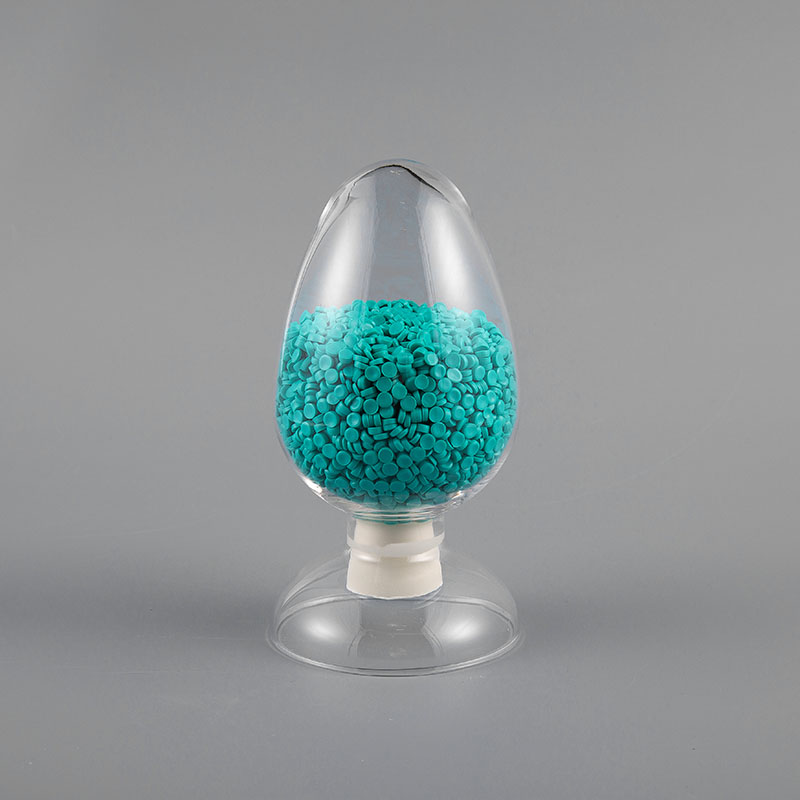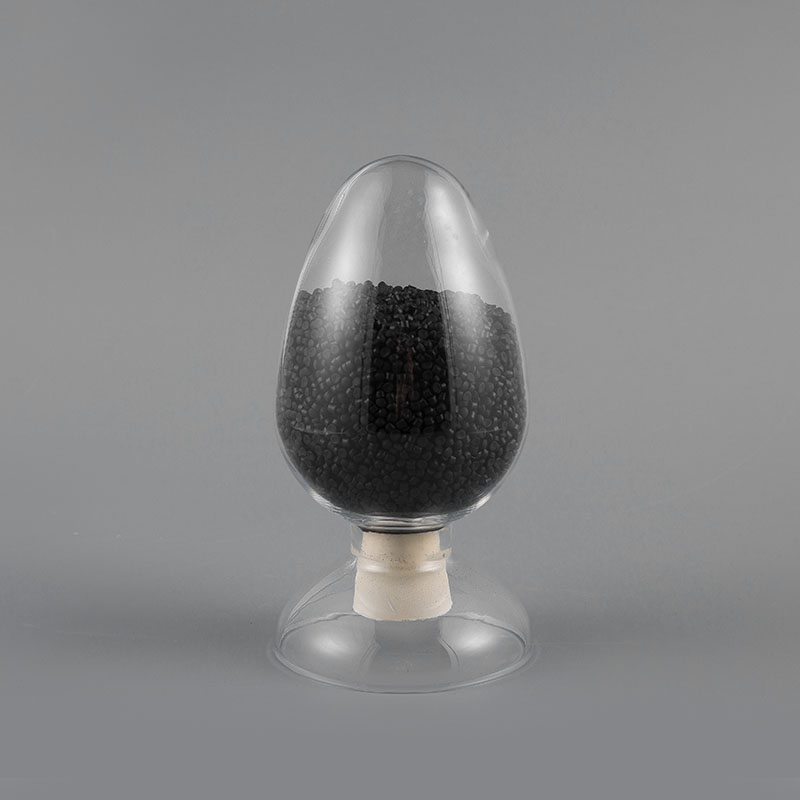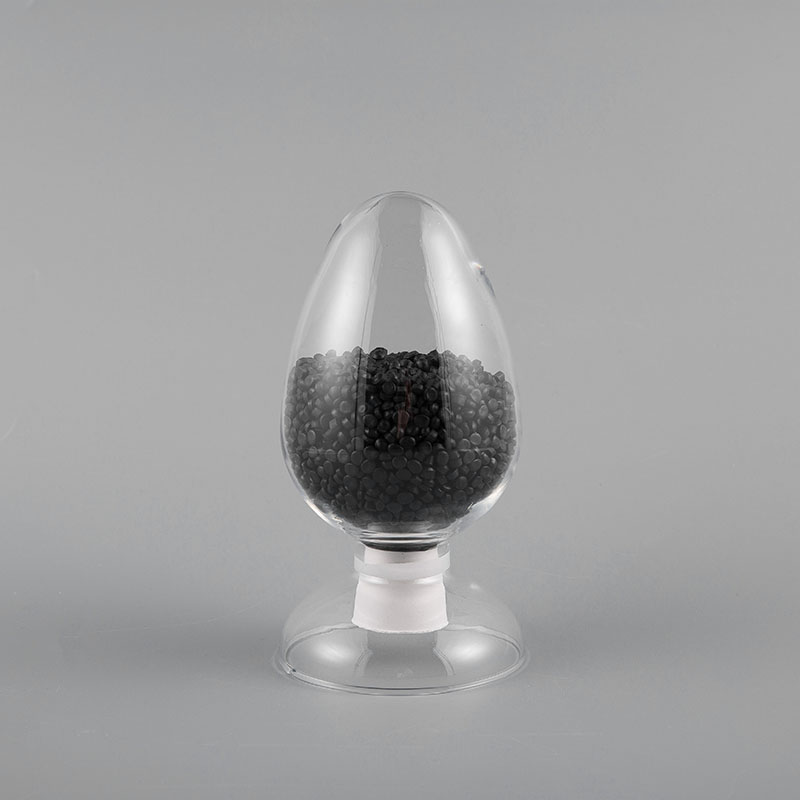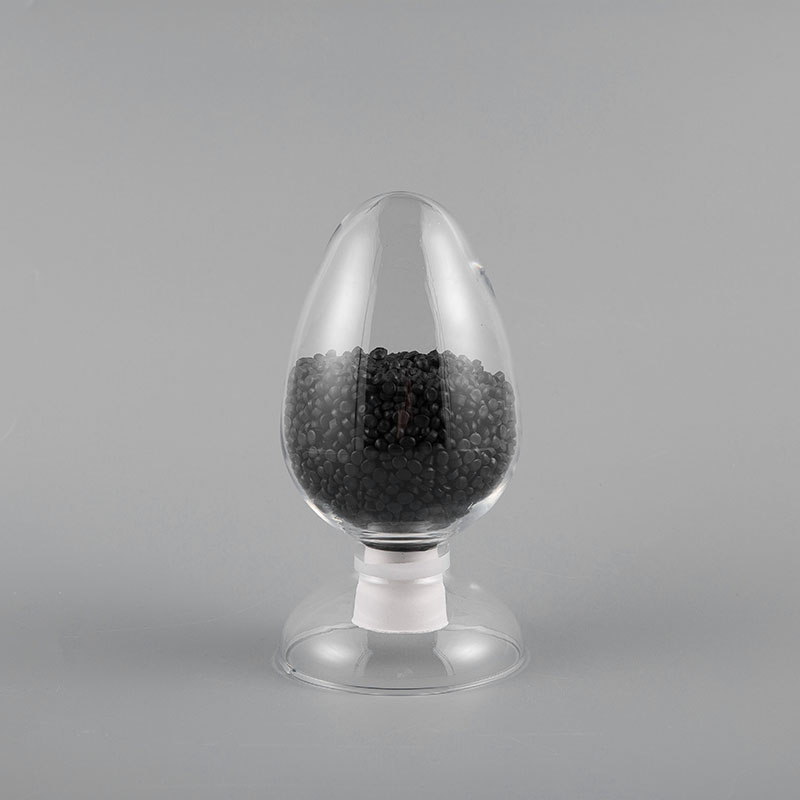- 1 1. Low Smoke Halogen-Free PVC Wire Coating Compounds: Performance and Applications
- 2 2. Cost-Effective Flame Retardant Additives for PVC Wire Insulation: A Comparative Study
- 3 3. Innovations in Flame Retardant PVC Wire Coating: Materials, Mechanisms, and Environmental Impact
- 4 4. How Bulk Chlorine Content Affects Flame Retardancy in PVC Wire Coatings: Experimental Insights
Flame retardant PVC wire coating compounds play a critical role in ensuring electrical safety, particularly in high-risk environments where fire resistance is essential. Recent advancements in material science have led to innovations in low-smoke, halogen-free formulations, cost-effective additives, and improved flame retardancy mechanisms.
11627 105℃ UL Standard PVC Electronic Wire Compound
1. Low Smoke Halogen-Free PVC Wire Coating Compounds: Performance and Applications
Halogen-free flame retardant (HFFR) PVC wire coatings are gaining traction due to stricter environmental regulations and safety requirements. Unlike traditional halogenated compounds, these materials minimize toxic smoke emissions when exposed to fire, making them ideal for public infrastructure and enclosed spaces.
Material Composition: Focus on aluminum trihydrate (ATH), magnesium hydroxide (MDH), and phosphorus-based additives.
Performance Metrics:
Smoke density reduction (ASTM E662)
Oxygen Index (LOI) improvements
Mechanical strength retention after aging
Applications:
Underground cables
Public transportation wiring
Building insulation
2. Cost-Effective Flame Retardant Additives for PVC Wire Insulation: A Comparative Study
While high-performance flame retardants exist, cost remains a critical factor for manufacturers. This section compares different flame retardant additives in terms of efficiency, processing ease, and economic viability.
Common Additives Compared:
Antimony trioxide (synergist with chlorine)
Zinc borate (smoke suppressant)
Expandable graphite (intumescent effect)
Cost-Performance Trade-offs:
Loading levels vs. flame retardancy efficiency
Impact on extrusion processability
Best Practices for Optimization:
Blending additives for balanced cost and performance
Recyclability considerations
3. Innovations in Flame Retardant PVC Wire Coating: Materials, Mechanisms, and Environmental Impact
Recent research has introduced novel approaches to enhancing flame retardancy while reducing environmental harm. This section examines emerging materials and their mechanisms of action.
Nanotechnology in Flame Retardants:
Layered double hydroxides (LDHs) for improved thermal stability
Silica nanoparticles for char reinforcement
Bio-based Flame Retardants:
Starch and lignin derivatives as sustainable alternatives
Environmental & Regulatory Trends:
RoHS and REACH compliance
End-of-life recyclability challenges
4. How Bulk Chlorine Content Affects Flame Retardancy in PVC Wire Coatings: Experimental Insights
Chlorine is a key component in PVC's inherent flame retardancy, but its effectiveness depends on concentration and compound formulation. This section analyzes experimental data on chlorine's role in fire resistance.
Chlorine's Flame Retardant Mechanism:
Gas-phase radical quenching
Char formation promotion
Optimal Chlorine Levels:
Trade-offs between flame retardancy and smoke generation
Impact on mechanical properties (flexibility, tensile strength)
Synergistic Additives:
Metal oxides (e.g., MoO₃) to enhance chlorine efficiency


 English
English 中文简体
中文简体 русский
русский







